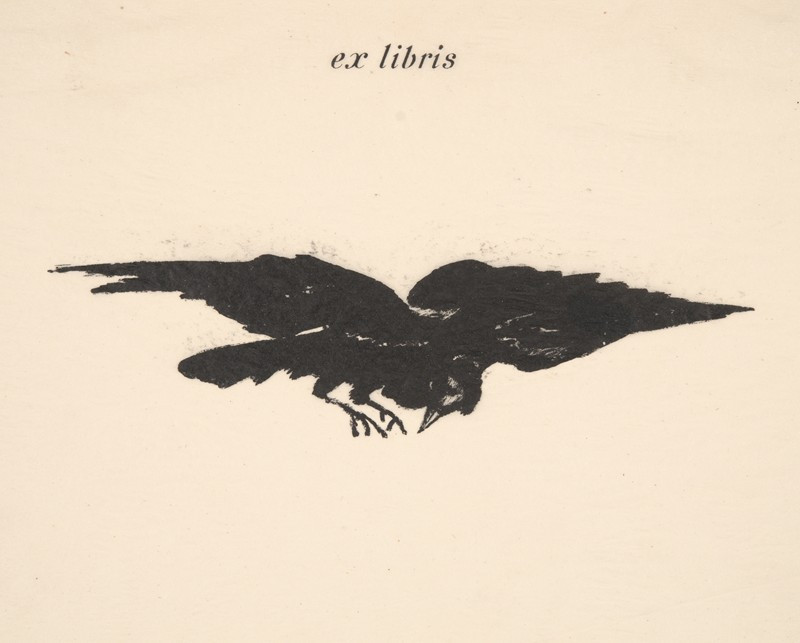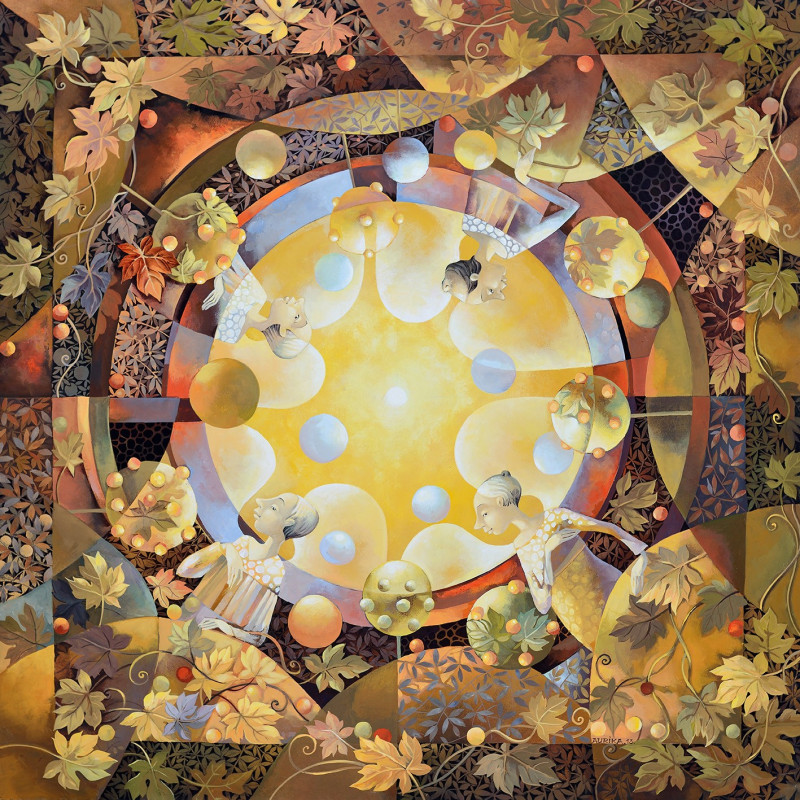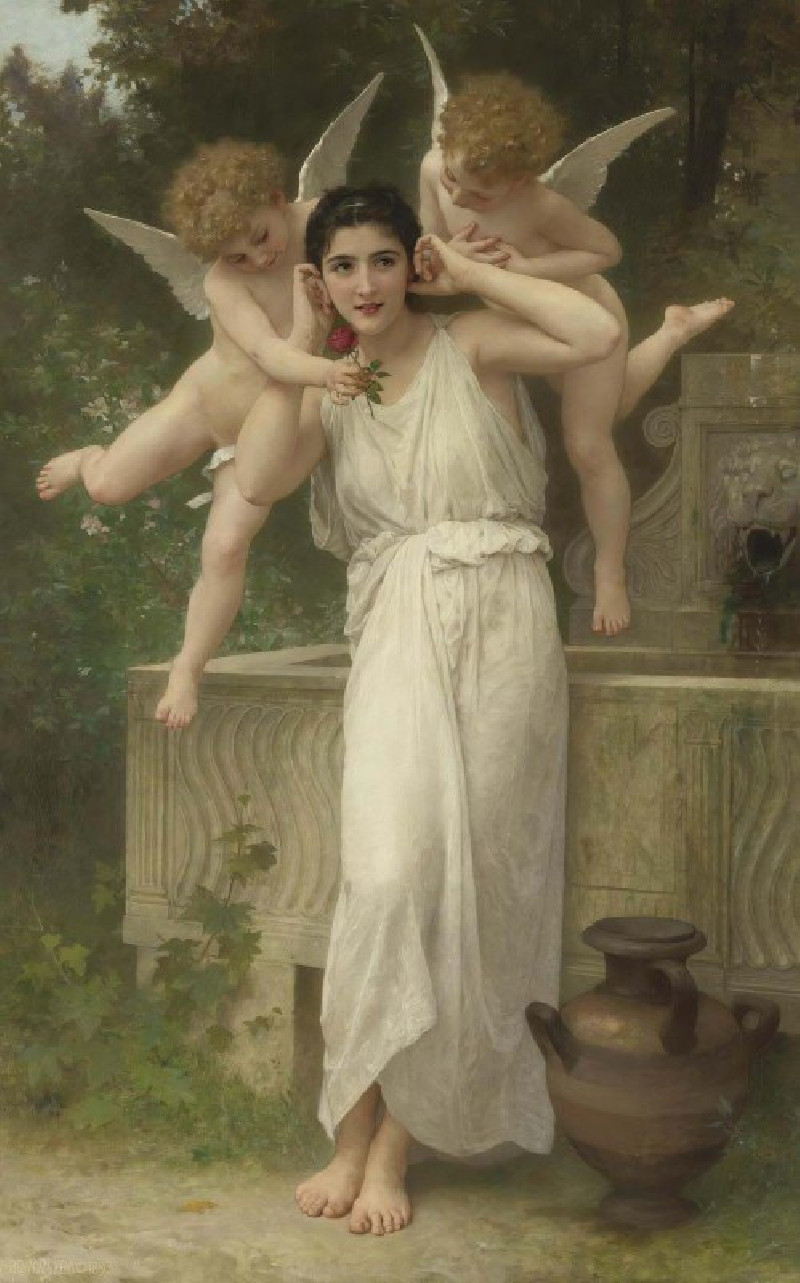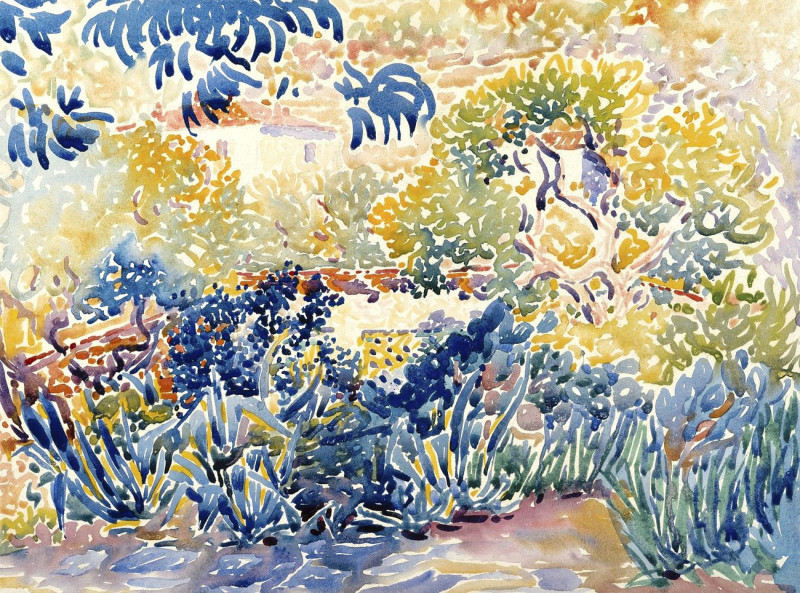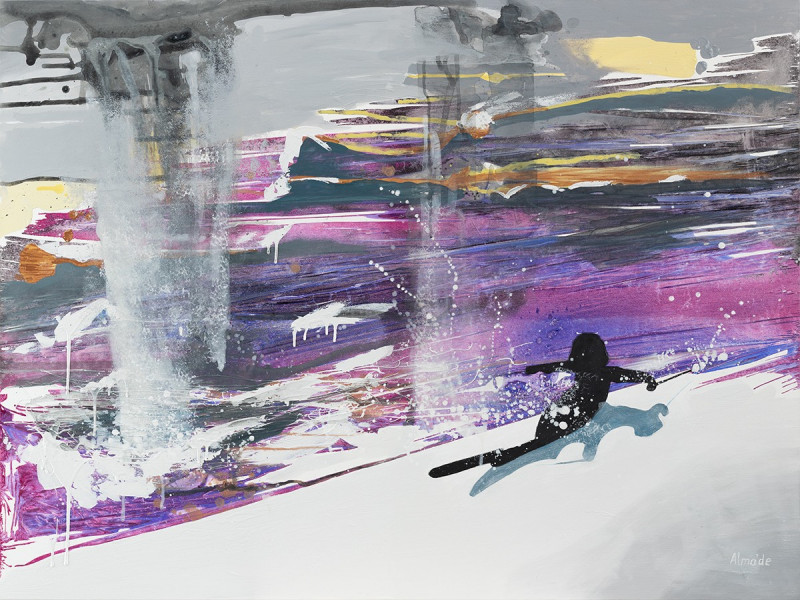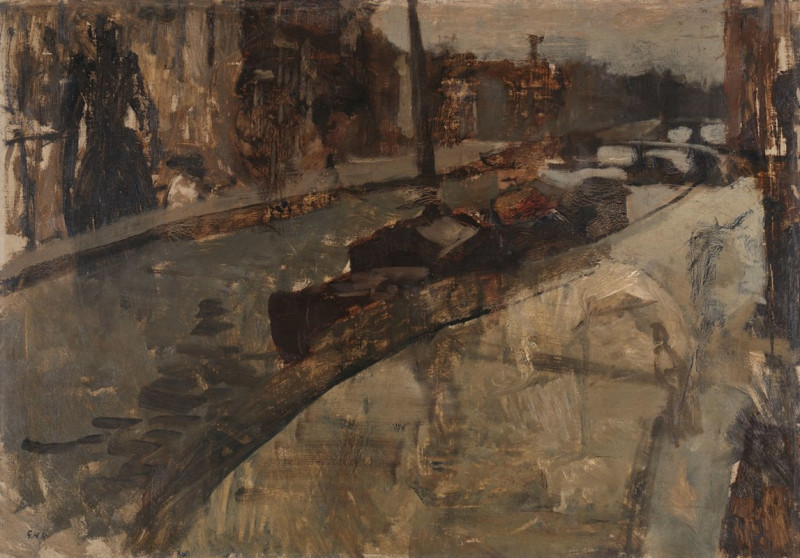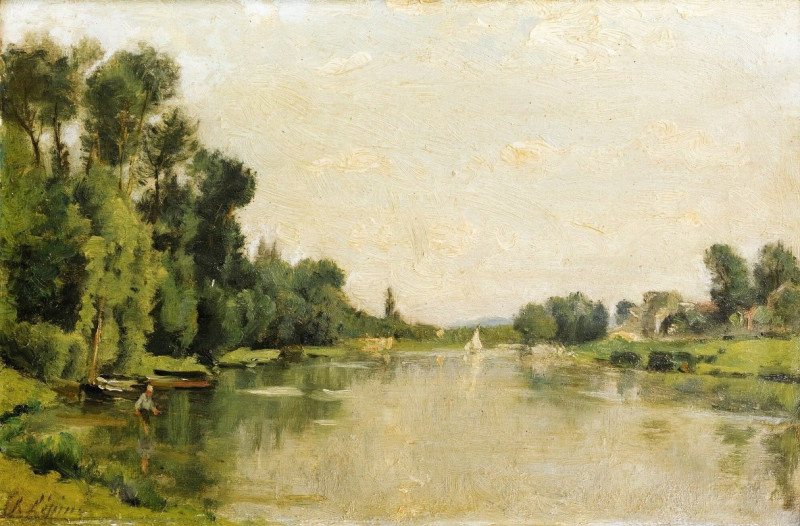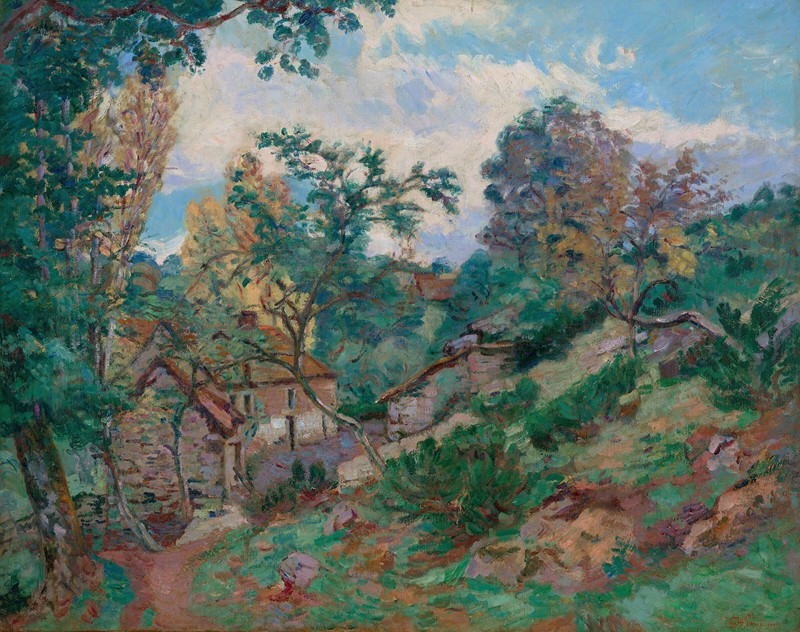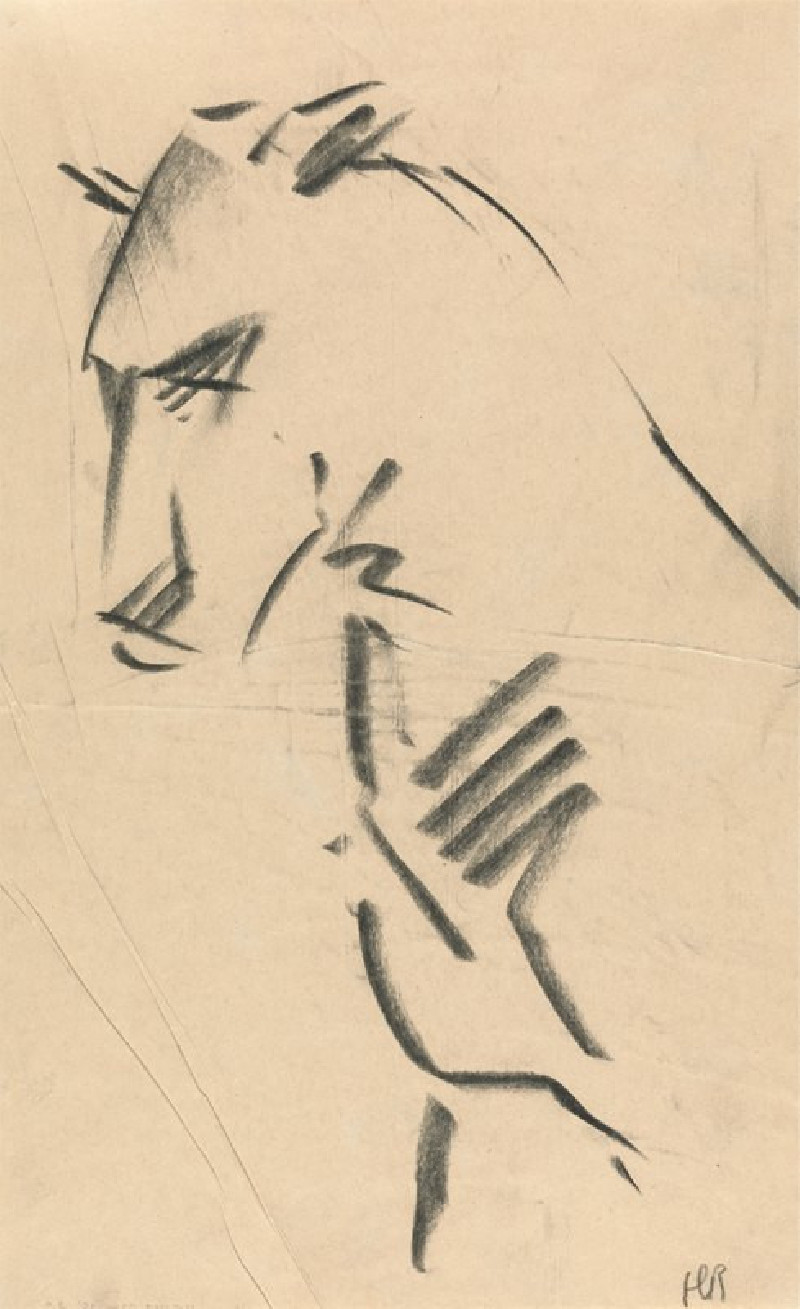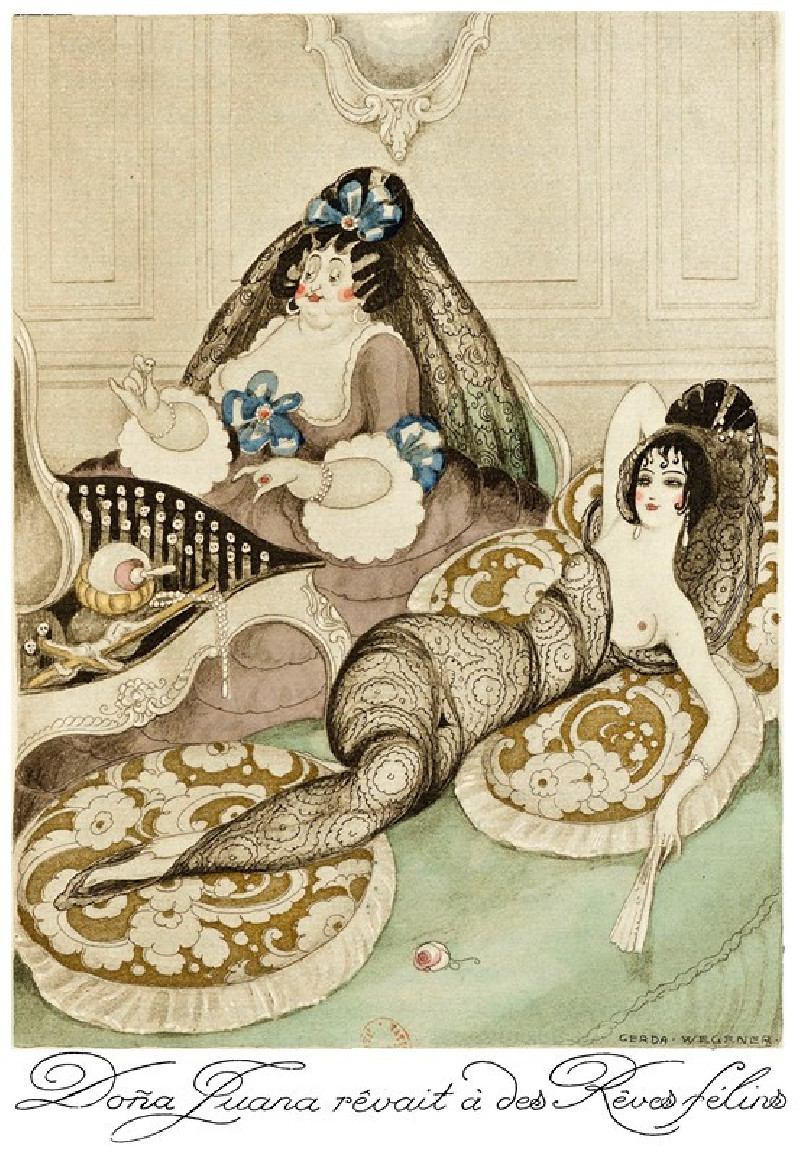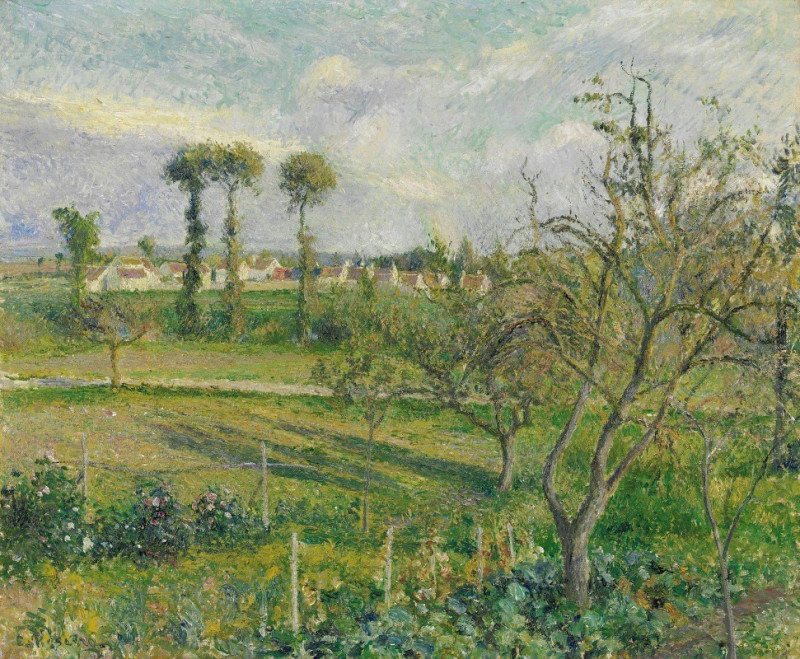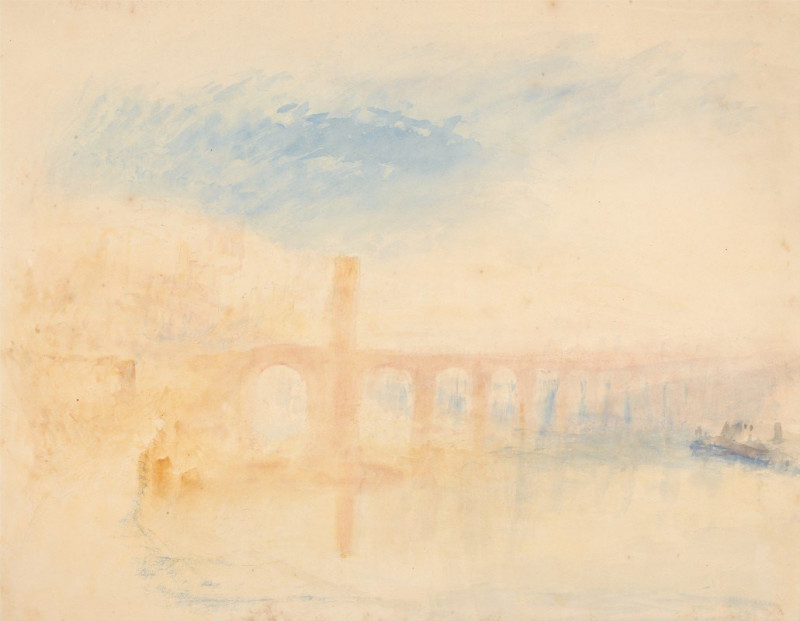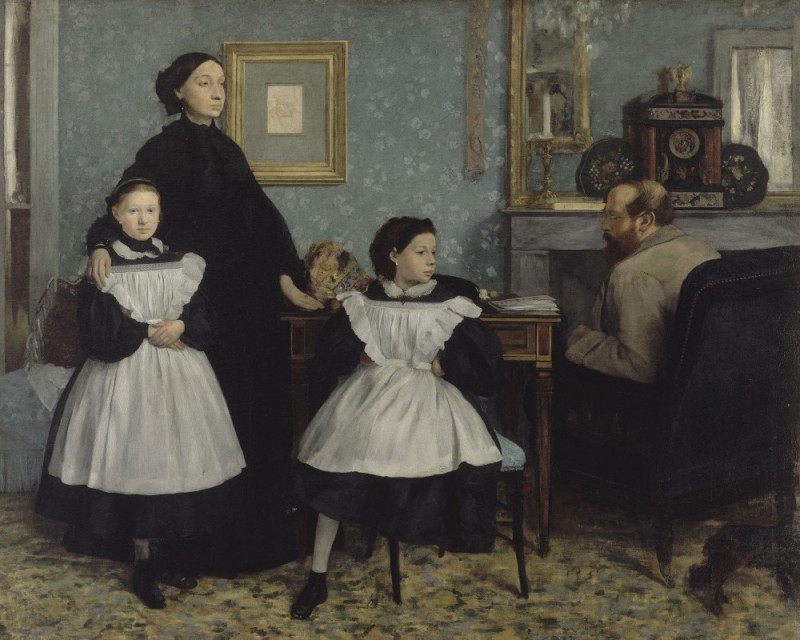Flying Raven (ex libris) (1875)
Technique: Giclée quality print
Recommended by our customers
More about this artwork
Explore the striking simplicity and powerful dynamism captured in Edouard Manet's "Flying Raven (ex libris)" from 1875. This compelling piece of art features a solitary raven in mid-flight, its wings widely spread and claws elegantly extended, creating a symbol of movement and freedom. Rendered in bold black brushstrokes against a pristine white background, Manet focuses on the essence and gesture of the bird, stripping away any distractions to enable the viewer to admire the raven's graceful and potent form.This artwork, while simple in execution, conjures a striking visual impact, symbolizing perhaps the transcendence, mystery, and intellectual depth associated traditionally with ravens. The phrase "ex libris," Latin for "from the books," subtly aligns the image with the realm of knowledge and literature, enhancing the mystique of the raven—a bird often featured in lore and myth."Flying Raven (ex libris)" showcases Manet's mastery in using minimalism to convey a vivid narrative, capturing an ephemeral moment with timeless appeal.
Delivery
Returns
Édouard Manet (1832–1883) was a French modernist painter and one of the first 19th century artists to paint modern life. His impressionist style is characterized by relatively small and thin brushstrokes that create emphasis on light depiction. Manet was one of the key artists in the transition from realism to impressionism, along with Claude Monet, Edgar Degas, and Pierre-Auguste Renoir. However, he resisted involvement in any one specific style of painting, and only presented his work to the Salon of Paris instead of impressionist exhibitions. His early masterworks, The Luncheon on the Grass and Olympia, created great controversy and served as a rallying point for other young painters.

